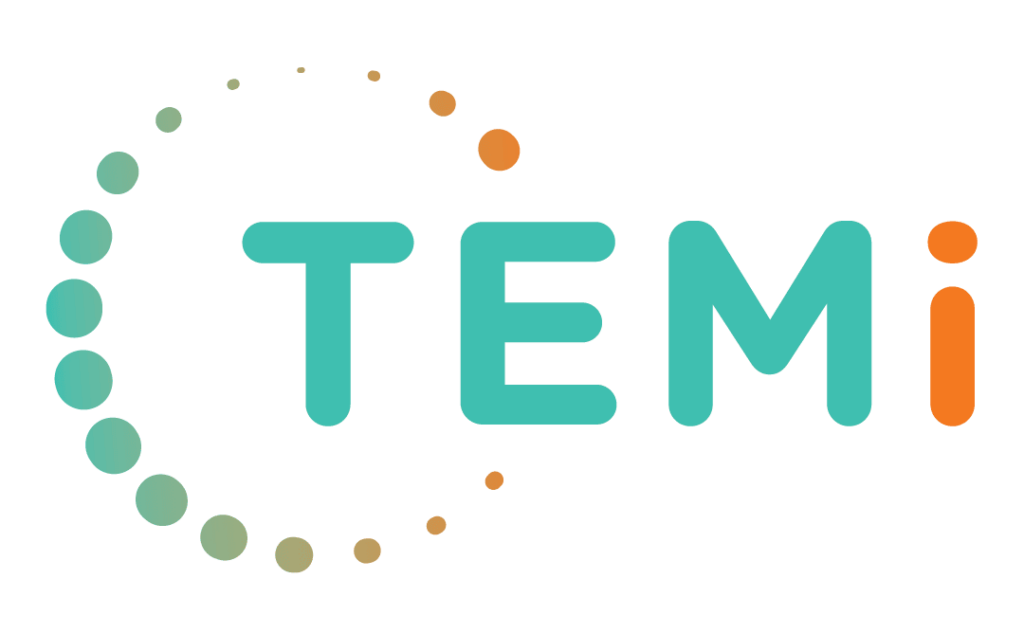GUEST POST BY AMANDA TINNER, PRINCIPAL, VISA EXECUTIVE
A significant review of Australia’s immigration system has been handed to the Government in a bid to fix areas which have been slammed as ‘broken’. The Review of the Australian Migration System Final Report outlines a series of directions and options for the future of Australia’s migration system for the Government’s consideration.
The review panel suggests in this very lengthy document that the Government adopt clear objectives and principles for the migration system, and have these shape and guide design, delivery, evaluation and public narratives about migration in Australia.
Migrants are strong contributors to the economy states the report, but they have unrealised potential.
What’s in the report ?
1. A tripartite approach which would include perspectives from industry, unions and government in determining the role of migration in meeting identified gaps in the labour market.
A failure to deeply engage with the core constituencies of employers and workers has led to a system that is slow, burdensome and produces unfair and inefficient outcomes. The Panel sees tripartite involvement in the migration system as facilitating stakeholder buy-in and building broad-based support for migration settings that are sustainable over the long term says the report.
How can the government achieve this ? Through a reformed Ministerial Advisory Council on Skilled Migration (MACSM) and the expertise of Jobs and Skills Australia (JSA). Jobs and Skills Councils will feed their expertise into Jobs and Skills Australia, who have the primary role to provide advice to Government.
2. Universality means that all skilled temporary migrants engaged in the labour market should be governed by the same regulatory framework. The framework can provide a risk-based approach to the assessment of different groups of temporary migrants based on their attributes and risks. In particular, it can support the use of expedited processes for high-skill, high-wage individuals. Now that is a beautiful thing to hear.
3. Integrity of the system. The migration system needs to be transparent and accountable states the report over and over again and the panel is adamant that users understand how their application is being managed, and why and how decisions are made. Compliance and monitoring raises its head for the first of several times suggesting that there be automatic transmittal by Immigration to the Australian Taxation Office (ATO) of an individual’s visa application details, to enable the ATO to issue the applicant with a tax file number (TFN); light-touch employer registration when hiring migrant workers – with employers in serious breach of migrant or employment laws being ineligible to remain a registered employer; worker induction within one month of arrival; preventing the deduction from wages of benefits-in-kind that cannot be effectively audited; stronger regulation of migration agents; a focus on the practices of labour hire companies; and greater resources for the compliance functions of the Department of Home Affairs and the Fair Work Ombudsman will go a long way toward addressing these concerns.
There are suggestions such as:
- recalibrating the points test to select migrants with high human capital who will make the greatest long term economic contribution
- taking a wider approach to attracting highly skilled migrants
- encouraging high potential international students educated here to remain
- reconsidering the size and role of the Business Innovation and Investment Program (BIIP), noting more positive outcomes from the Significant Investor Visa
- considering changes to the existing Global Talent visa to improve clarity in the selection criteria and remove the need for a nomination
- considering how to manage the allocation of places to state and territory nominated and regional visas, including possible consolidation of these programs
- removing the requirement for labour market testing in the 482 programme
- allowing temporary migrant workers to move from their current employment to find work with another employer within the same sector or job family. Migrants could have up to 6 months to find new employment
- requiring employer fees and charges to be paid monthly, rather than up-front
- providing migrant workers with targeted training on workplace laws and conditions based on the Pacific Australia Labour Mobility (PALM) scheme model
- considering limiting Working Holiday Maker (WHM) visas to one year, subject to Australia’s obligations under trade and other international agreements
- tightening of the criteria for student visas is on the table
In addition:
- the report gives nothing to the regional areas and indeed believes that migration should be part of a holistic approach to addressing regional population and labour needs. Better planning, housing, infrastructure and service provision will make regions more attractive to both Australians and migrants it is believed
- he panel is of the view that a clear and certain pathway to permanent residence should only be provided to students pre-graduation; and
- the panel believes that allowing temporary migrant workers to be able to move from their current employment to find work with another employer within the same sector or job family, is central to the model we have proposed. Migrants must be given a reasonable opportunity to find a new job without risk of their visa being cancelled.
Buzz words in this report which give you an idea on where the government might be headed are words such as monitoring, young and highly skilled, data, integrity, social cohesion, long term planning (i.e. 10 years). There is significant repetition of these words throughout the report. I have copied the below phrase which in my opinion shows the target focus of the skilled migration programme: –
The migration system should facilitate the migration of young, highly skilled people who can help lift productivity and increase the working-age population while helping to delay the effects of Australia’s aging population. Specifically:
- By focusing on younger workers, migration can increase the size of the working-age population, thereby increasing the overall size of the economy.
- Growth in the working-age population can also increase participation in the labour force relative to population, and slow or delay the effects of population ageing on the economy.
This is all well and good but what do we know for certain at the moment ?
- The TSMIT (Temporary Salary Migration Income Threshold) will be increasing for all new 482 applications lodged from 1 July 2023.
- The TSMIT is the threshold minimum wage that can be offered to a sponsored skilled migrant (noting migrants must be paid the market salary if it is higher). The market salary for the position must be greater than the TSMIT. If the market salary for the position is lower than the TSMIT then you will not be able to sponsor an overseas worker for the position under the 482 visa programme.
- For applicants who hold a valid 482, their salary will not be affected by this change, however if a new visa application is to be lodged post 1 July, then the new TSMIT Threshold will be a new criterion. Although the increase will be $70,000 remember that this does not include superannuation or non-monetary benefits. So, although everyone is talking about $70,000, in terms of total employment costs (TEC), from 1 July 2023 $70,000 will be $77,700 incl. 11% superannuation.
This is definitely not the end and we could be reaching out to clients over the next few months or even years with changes coming from this report.
If you are looking at sending staff to Australia, want to clarify the information in this article, or for any other queries regarding the migration program updates, get in touch with Amanda Tinner, Principal, Visa Executive.
This article was originally published on www.visaexecutive.com.



